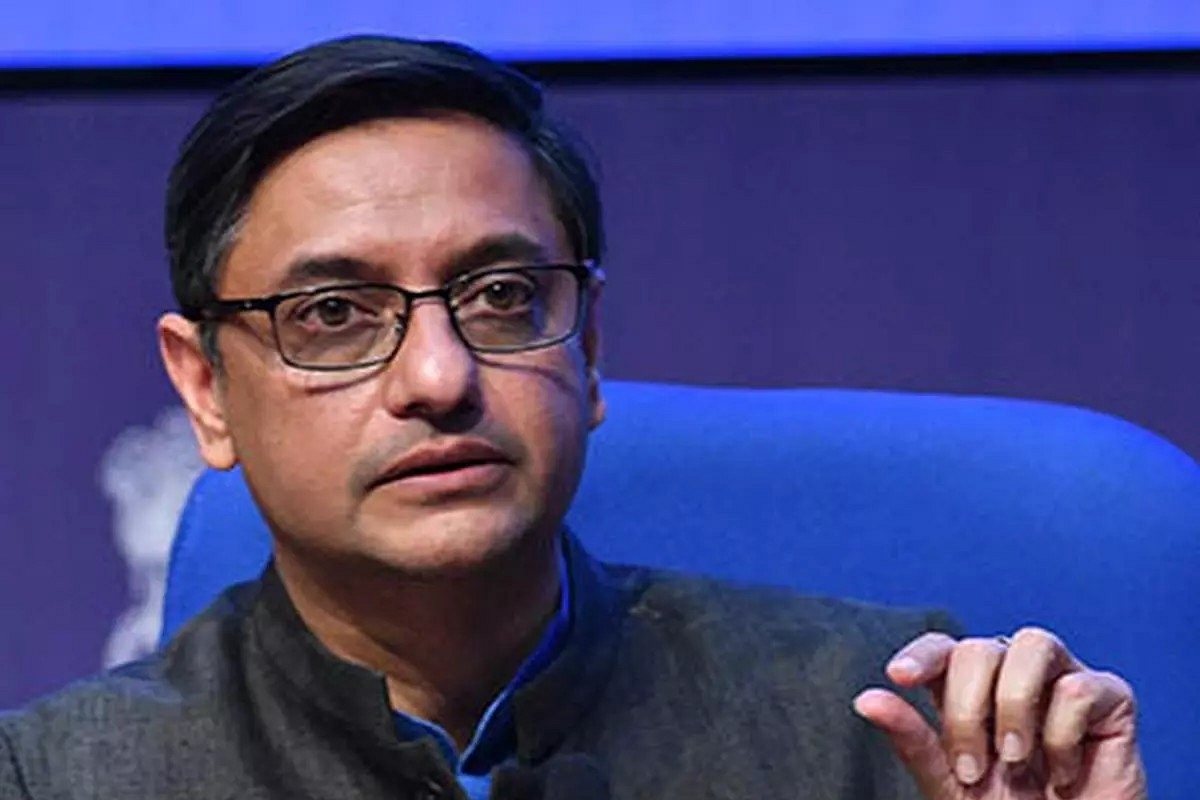News Brief
Rupee Set To Gain Hard Currency Status By Around 2030, 6.5-7 Per Cent GDP Growth Achievable In FY24: Sanjeev Sanyal

Sanjeev Sanyal, member of Economic Advisory Council to PM.
Sanjeev Sanyal, a member of the Prime Minister’s Economic Advisory Council (EAC-PM), has projected that the Indian Rupee will emerge as a global hard currency by around 2030 as the government has taken many steps to take it there.
"By around 2030, India’s rupee will be a hard currency," Sanyal said in an interview with the Financial Express.
According to Sanyal, several measures have been taken to strengthen the rupee. These include anchoring inflation to prevent the rupee from being seen as a high-inflation currency, liberalising the use of the rupee for international transactions, and internationalising the UPI payment system.
"We have taken many steps already to take it there. One, we have anchored inflation. That was important, so that the rupee is not seen as a high inflation currency, and is able to hold its value. Two, we have significantly liberalised the use of the rupee for international transactions. Three, we are internationalising the UPI payment system," he said.
These steps are part of a gradual process to establish the rupee as a hard currency, similar to the path taken by China.
"Thus, over time, we will put in place all the micro-structures needed to make rupee an international “hard currency”. It has to be done step-by-step; even China took many years to do this. Eventually, the Indian rupee will also be part of the IMF’s SDR (Special Drawing Rights) basket," he added.
During the interview, Sanyal expressed confidence in the Indian economy's resilience amidst global uncertainties, including geopolitical tensions and economic fluctuations.
India's domestic economy is robust, as indicated by strong high-frequency data such as automobile sales, credit growth, and domestic air passenger traffic.
"The forward-looking indicators, such as PMI, also show strong momentum," he added.
Sanyal expressed confidence that a GDP growth rate of 6.5-7 per cent is achievable in FY24.
He added that India is managing this growth with little help from exports given the weak external demand.
The EAC-PM member also criticised the current sovereign ratings of India by global agencies, arguing that they do not accurately reflect the nation's economic stability and performance. He believes that India's rating should be "at least two notches higher" than the current level (lowest investment grade).
Sanyal pointed out the significant reforms and supply-side investments made by India, including the implementation of GST, the Insolvency and Bankruptcy Code, cleaning up of the banking system, and massive infrastructure building. These reforms, he argued, position India's economy to sustain an 8 per cent growth rate.
Support Swarajya's 50 Ground Reports Project & Sponsor A Story
Every general election Swarajya does a 50 ground reports project.
Aimed only at serious readers and those who appreciate the nuances of political undercurrents, the project provides a sense of India's electoral landscape. As you know, these reports are produced after considerable investment of travel, time and effort on the ground.
This time too we've kicked off the project in style and have covered over 30 constituencies already. If you're someone who appreciates such work and have enjoyed our coverage please consider sponsoring a ground report for just Rs 2999 to Rs 19,999 - it goes a long way in helping us produce more quality reportage.
You can also back this project by becoming a subscriber for as little as Rs 999 - so do click on this links and choose a plan that suits you and back us.
Click below to contribute.
Latest